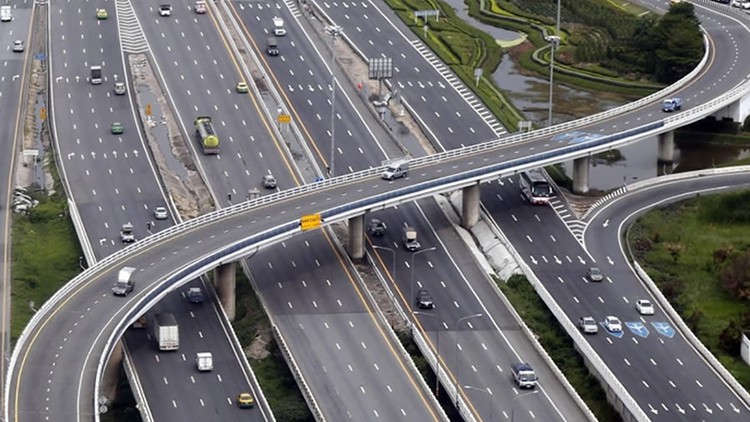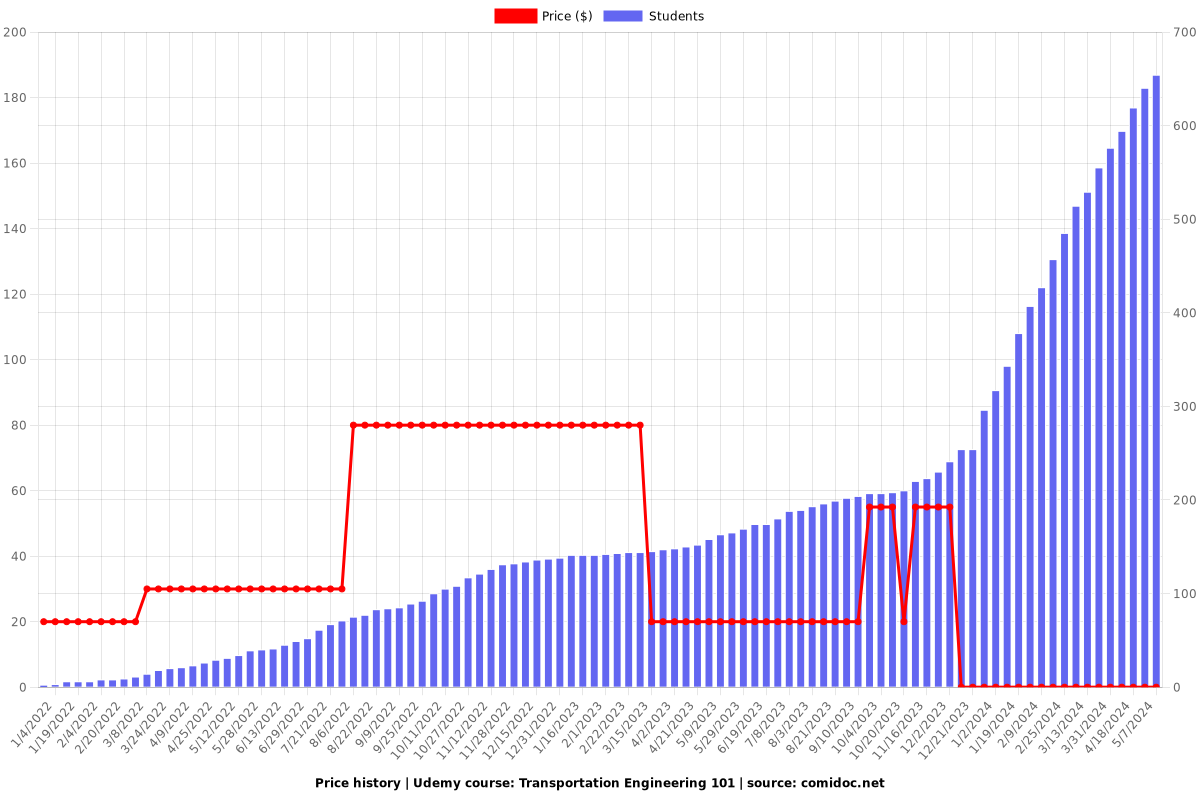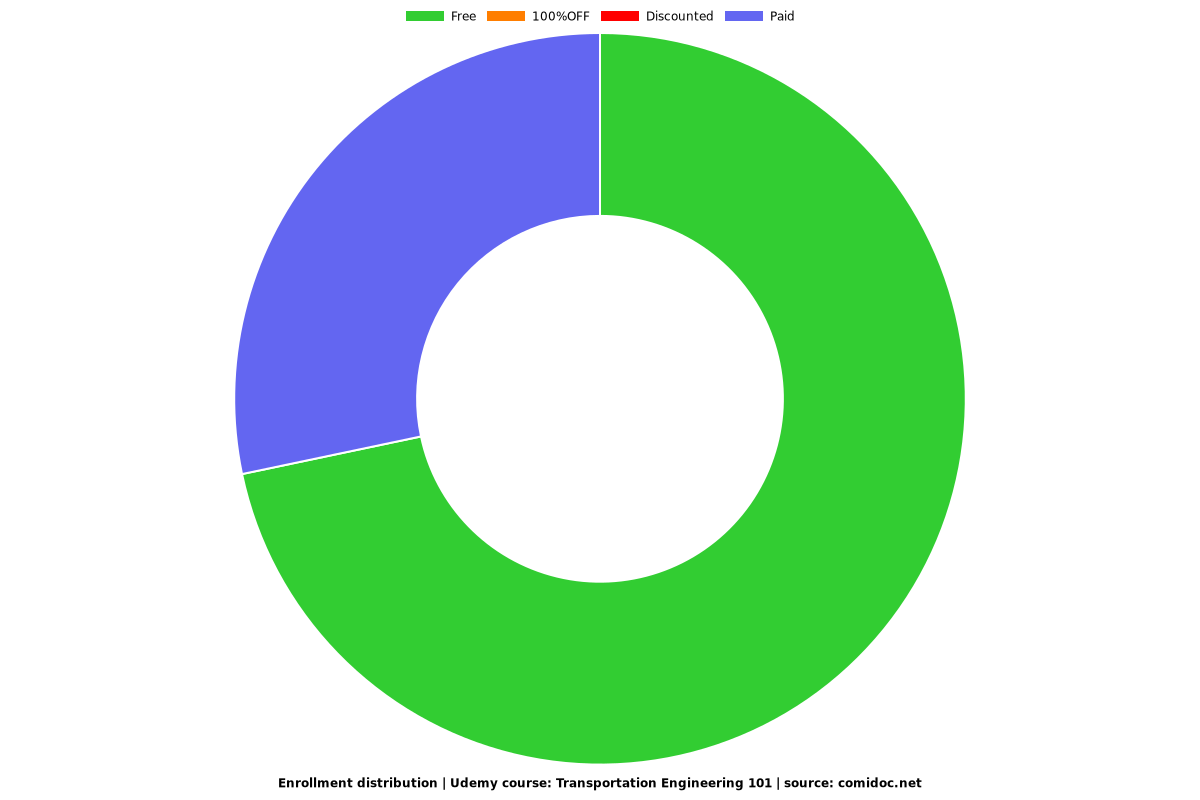Transportation Engineering 101
Unlock the secrets of traffic operations, time/space mean speeds, and transportation planning with a 4-step model

What you will learn
Understand Cumulative Plots & Queueing Theory
Difference between spot speed, running speed and journey speed
Understand time mean speed and space mean speed
Define flow and types of flow such as AADT, AAWT, ADT and AWT
Define density
Define time headway and space headway
Learn time space diagram
Understand relationship between different traffic stream parameters such as flow, density and speed
Fundamental diagrams of traffic flow such as flow density curve, speed density curve, speed flow curve
Moving observer method of collecting traffic stream data such as flow, density and speed
Model vehicle arrivals using headways
Model vehicle arrivals using counts and poisson distribution
Define capacity
Understand level of service (LOS)
Ramp Metering definition and strategies
Traffic Forecasting using 4-step Model
Trip Generation, Trip Distribution, OD Matrix
How to find numbers of Trips generated using ITE Manual
Mode Choice
How to make sense of Utility Equation in Mode Choice Models
Traffic Assignment or Route Choice
Why take this course?
Welcome to one of the most comprehensive courses in Transportation Engineering which will help you enlighten about everything in Traffic Engineering. In this course, there are two sections - Traffic Operations & Traffic Forecasting
In the first section, you will get to know about traffic stream parameters such as speed, density and flow and discuss their inter-relationship. You will also learn about conceptual topics such as time headway and space headway as well as time space diagrams which immensely help academicians and practitioners to analyze the traffic streams.
Further, you will learn about the moving observer method which is used in the field to collect values of traffic stream parameters such as density, speed and flow. Further, you will also get to know about statistical modelling of vehicle arrivals using headways as well as using counts. The latter is done using Poisson distribution. This lays the foundation for simulating traffic on any computer program such as VISSIM.
Moreover, you will learn the definition of capacity and level of service (LOS) of the road facility as well as the definition of ramp metering and different strategies to implement it with their benefits.
Afterwards, you will learn about cumulative plots such as arrival curves and departure curves which are important in finding delays along with queueing theory that is applicable in the operations field as well.
In the second section, you will learn about how to forecast traffic i.e. after 20 years how many vehicles will be there on roads. This is especially important when we are creating development plans for the next 20 years or 30 years. In this section, you will learn about Trip Generation, Distribution, Mode Choice as well as Traffic Assignment.
You will be able to find the number of trips generated using the Institute of Transportation Engineers (ITE) Manual as well as be able to interpret utility equations in mode choice models after completing this section.
This course is being taught by Parth Loya where he is putting his years of experience of working as a Senior Traffic Engineer in one of world's most congested city - Mumbai. He is also an alumnus of world's no. 1 transportation engineering institute - ITS, Berkeley.
Screenshots




Reviews
Charts
Price

Rating

Enrollment distribution
